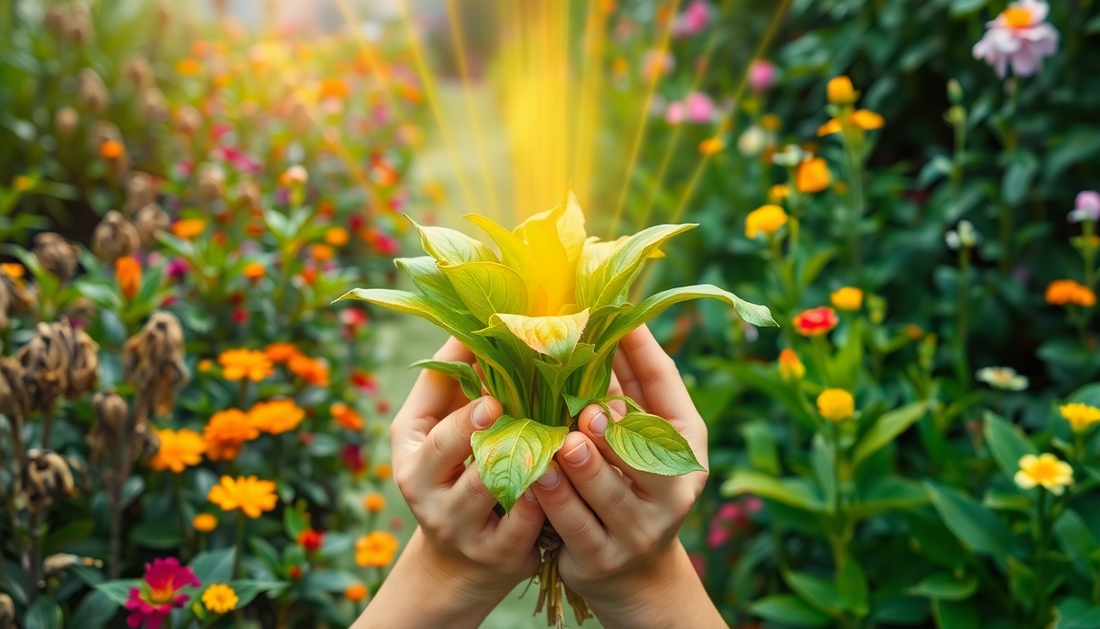
Reviving Wilting Plants: A Guide to Restoring Vibrant Life
As a passionate gardener, I've encountered my fair share of wilting plants. It can be heartbreaking to see your beloved greenery losing its luster, but fear not! With the right knowledge and a little TLC, you can bring those wilting wonders back to life. In this comprehensive guide, I'll share my top tips and tricks for reviving even the most drooping of plants.
Understanding the Causes of Wilting
Before we dive into the solutions, it's important to understand the underlying causes of wilting. Plants can wilt for a variety of reasons, including:
Overwatering
While it may seem counterintuitive, too much water can actually be just as detrimental as not enough. Overwatering can lead to root rot, which can cause the plant to wilt and eventually die.
Underwatering
On the flip side, a lack of water can cause the plant's leaves and stems to droop and wither. This is a common issue, especially for indoor plants or those in hot, dry climates.
Nutrient Deficiencies
If your plant isn't getting the right balance of essential nutrients, it can start to show signs of distress, including wilting.
Pests and Diseases
Certain pests, such as aphids or spider mites, can suck the life out of your plants, causing them to wilt. Diseases can also take a toll on plant health.
Environmental Stress
Factors like sudden temperature changes, low humidity, or too much direct sunlight can all contribute to a plant's wilting.
Reviving Wilting Plants
Now that we've identified the potential causes, let's dive into the solutions. Here are my top tips for reviving wilting plants:
1. Assess the Watering Needs
The first step is to determine whether your plant is suffering from over- or underwatering. Stick your finger into the soil - if it feels dry and crumbly, your plant needs more water. If the soil is waterlogged and soggy, it's time to cut back on the H2O.
2. Adjust the Watering Schedule
Once you've identified the watering issue, adjust your routine accordingly. For underwatered plants, water thoroughly, making sure the soil is evenly moist but not soaked. For overwatered plants, allow the soil to dry out slightly between waterings.
3. Provide Proper Nutrition
If your plant is lacking essential nutrients, consider fertilizing it with a balanced, water-soluble formula. Follow the instructions on the packaging, and be sure not to over-fertilize, as that can also lead to problems.
4. Address Pests and Diseases
If you suspect pests or diseases are the culprit, take action quickly. Inspect the plant thoroughly, and treat any infestations with a gentle, eco-friendly insecticide or fungicide. Be sure to isolate the affected plant to prevent the problem from spreading.
5. Optimize the Environment
Make adjustments to the plant's environment to ensure it's thriving. This may include moving it to a spot with more (or less) sunlight, increasing humidity, or adjusting the temperature.
6. Prune and Repot
In some cases, wilting plants may benefit from a little pruning or repotting. Carefully remove any dead or damaged leaves or stems, and consider transplanting the plant into a larger container with fresh, nutrient-rich soil.
7. Be Patient and Persistent
Reviving a wilting plant takes time and patience. Don't get discouraged if the process takes a while - with consistent care and attention, your plant will eventually bounce back to its former glory.
Preventing Future Wilting
Of course, the best approach is to prevent wilting in the first place. Here are some tips for keeping your plants healthy and vibrant:
Establish a Watering Routine
Develop a consistent watering schedule that takes into account the specific needs of your plants. Use a moisture meter or your finger to check the soil regularly, and adjust as needed.
Provide Adequate Nutrition
Fertilize your plants regularly with a balanced, slow-release formula to ensure they're getting all the nutrients they need.
Monitor for Pests and Diseases
Regularly inspect your plants for any signs of trouble, and take action quickly if you spot any issues.
Create the Ideal Environment
Ensure your plants are getting the right amount of sunlight, humidity, and temperature to thrive.
By following these tips, you'll be well on your way to keeping your plants healthy and happy, and avoiding the heartache of wilting greenery. Happy gardening!







No comments